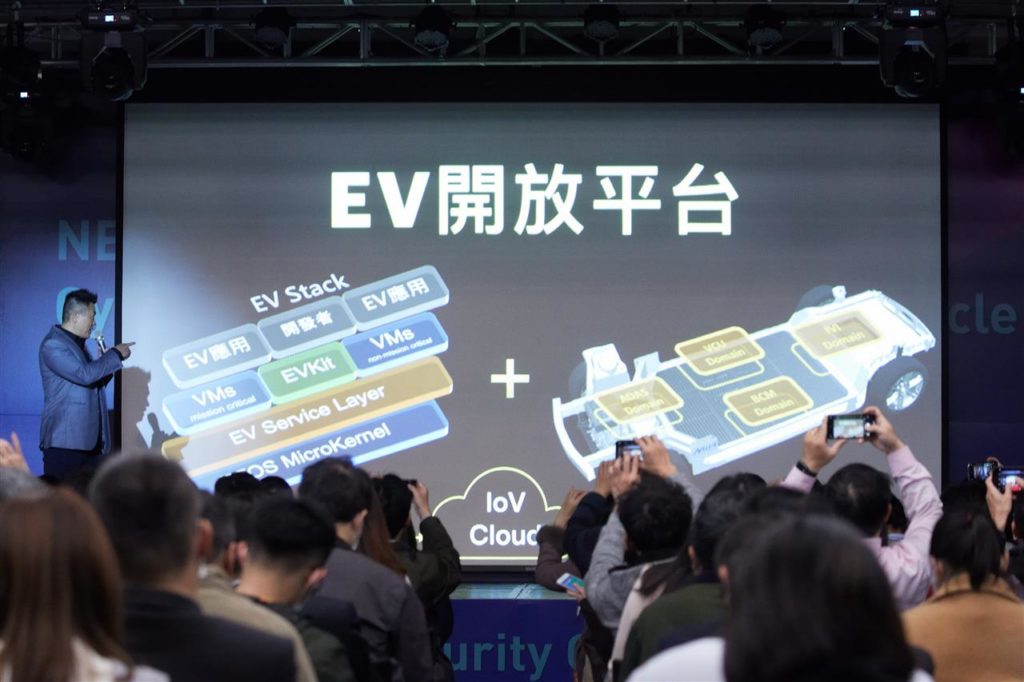From 5G wireless communications to electric vehicles (EVs), open architectures such as the Open Radio Access Network (O-RAN) and the Open EV MIH development platform serve as an increasingly important portal for more technology players to enter relatively closed telecommunications and automotive sectors.
In particular, the open platform MIH EV, initiated in October 2020 by Foxconn Technology (Hon Hai) to play the role of “Android on EVs”, is pushing the Taiwanese EV industry faster than expected, given that has attracted nearly 2,000 software and hardware players worldwide as members over the past year, forming a complete EV ecosystem.
With strong support from MIH member firms, Foxconn recently launched three EV models developed by a joint venture with Yulon Motors, which marks a major step forward in Taiwan’s electric vehicle industry.
In addition, the MIH Consortium, established in June 2021 to promote open EV standards, recently introduced its Open EV software platform for the future of software-defined vehicles (SDVs) in partnership with Arm, Microsoft and Trend Micro, in order to help member companies shorten the development cycle, reduce barriers to entry and create software applications with smartphone-like development experience.
As the SDV concept becomes more widespread in the automotive industry, software developers and software service providers will play a crucial role in the new development trend, as the variety of applications and services, including the Advanced Driver Assistance System (ADAS) , autonomous driving (AD), vehicle to network (V2G), electrical / electronic architecture (EEA) and even mature environmental control in the vehicle and interactive entertainment will be intricately linked to SDV, whose functions and functions are activated mainly by software.
When creating automotive software applications and services, developers can find various aspects of solutions, ranging from signal extraction from the bottom layer to transmission and connectivity, all brand new areas for them. This, combined with the closed structure of the traditional automotive environment, will create serious challenges for automotive software developers and prevent start-ups from creating more innovative applications and services for the EV sector.
In this respect, open MIH EV platforms can help significantly, as they can integrate software and hardware resources that cover the full life cycle of EV development, testing and deployment, leading to parallel software and hardware development without restoring the entire vehicle. bottom-up facility while also providing an open market for electric vehicles that start-ups can easily enter.
While the O-RAN Alliance seeks to introduce open standard specifications to allow more smaller manufacturers to join the supply of 5G wireless telecommunications equipment and prevent continued market dominance of only a few leading vendors, the MIH EV alliance will play a similar role. role in the EV sector, providing open software and hardware specifications and integrating resources of both segments to effectively destroy the oligopolistic ecosystem of traditional car manufacturers and help more ICT players take advantage of the huge business opportunities for EV in the upcoming SDV era .

